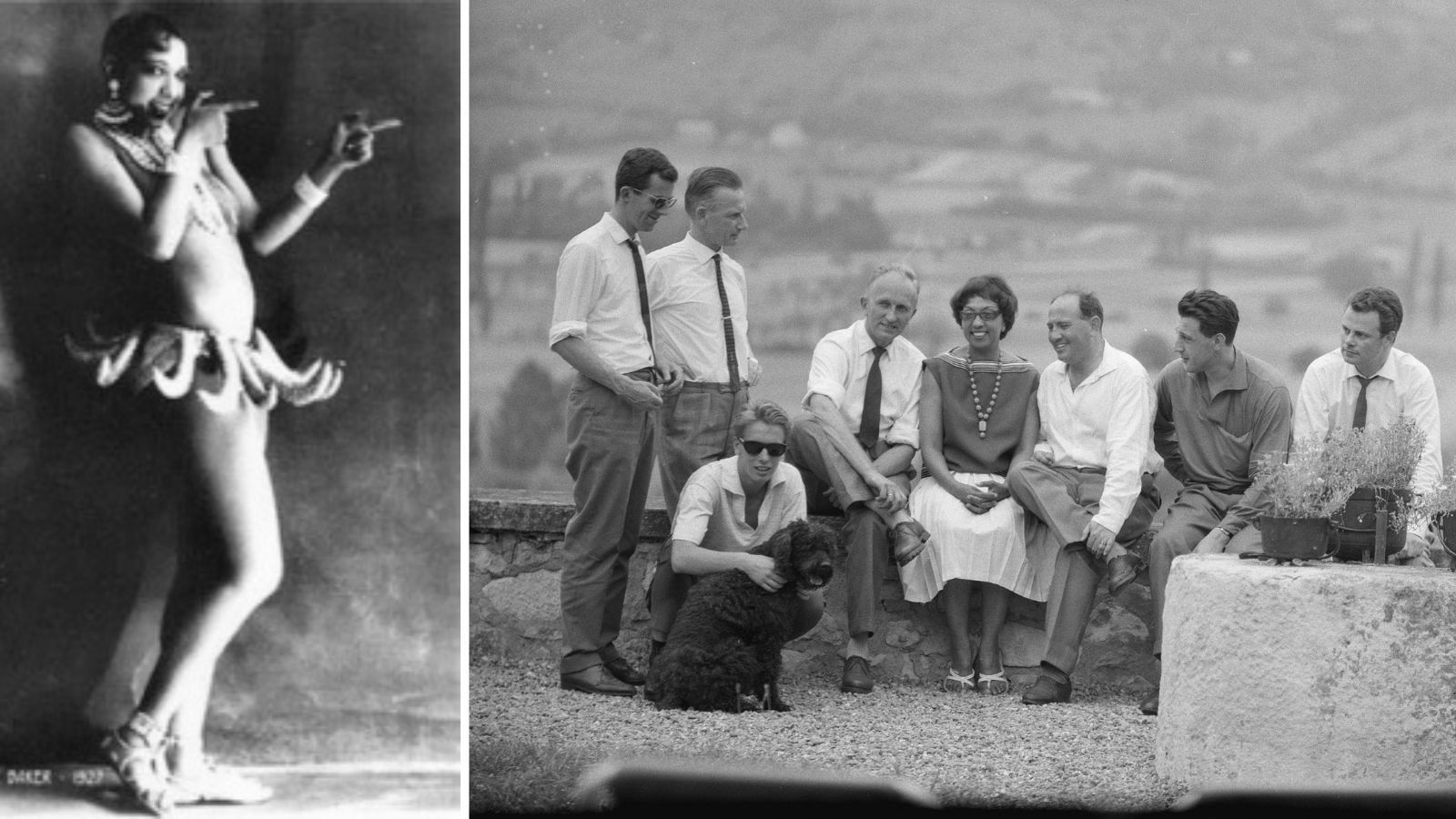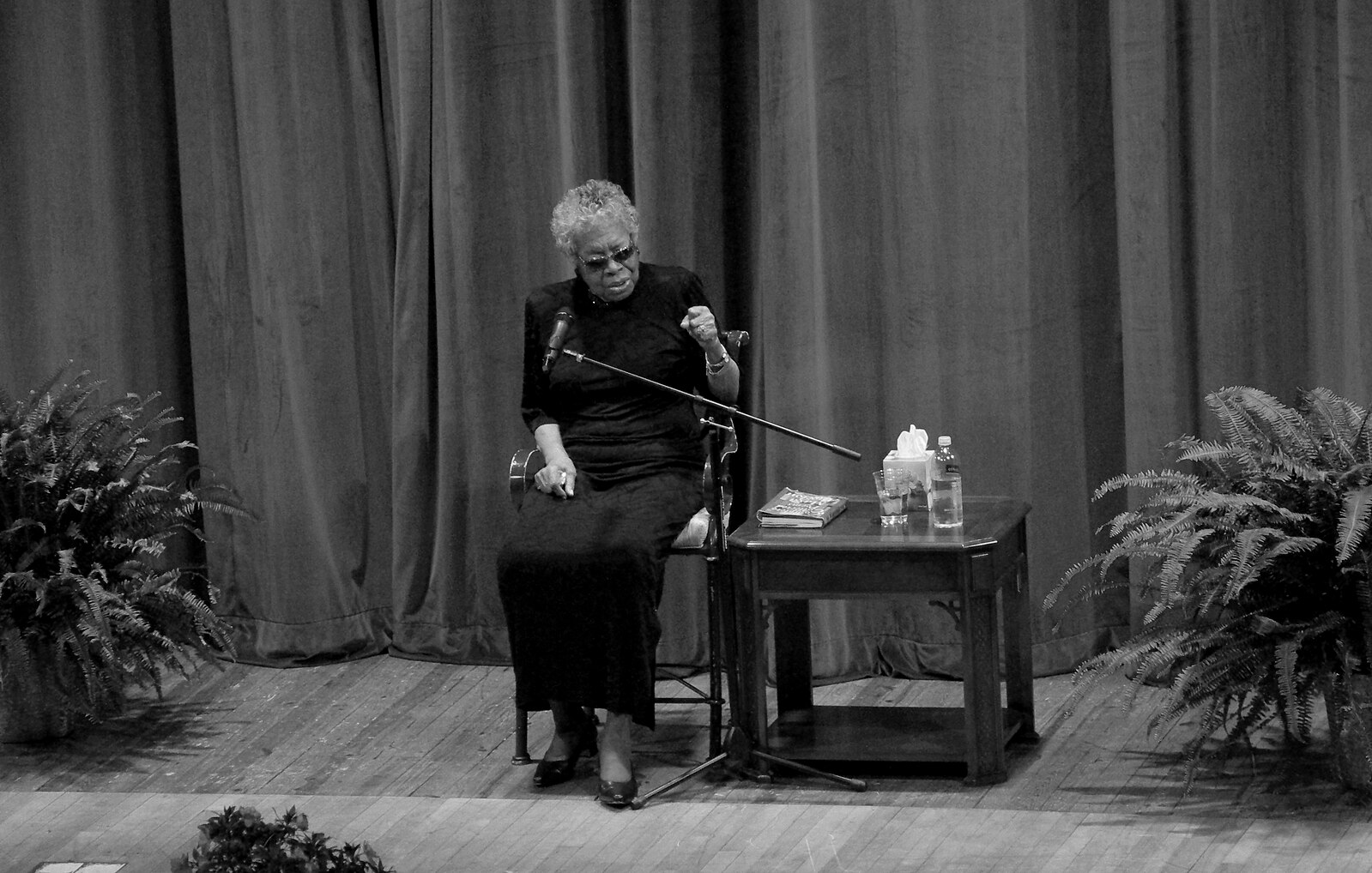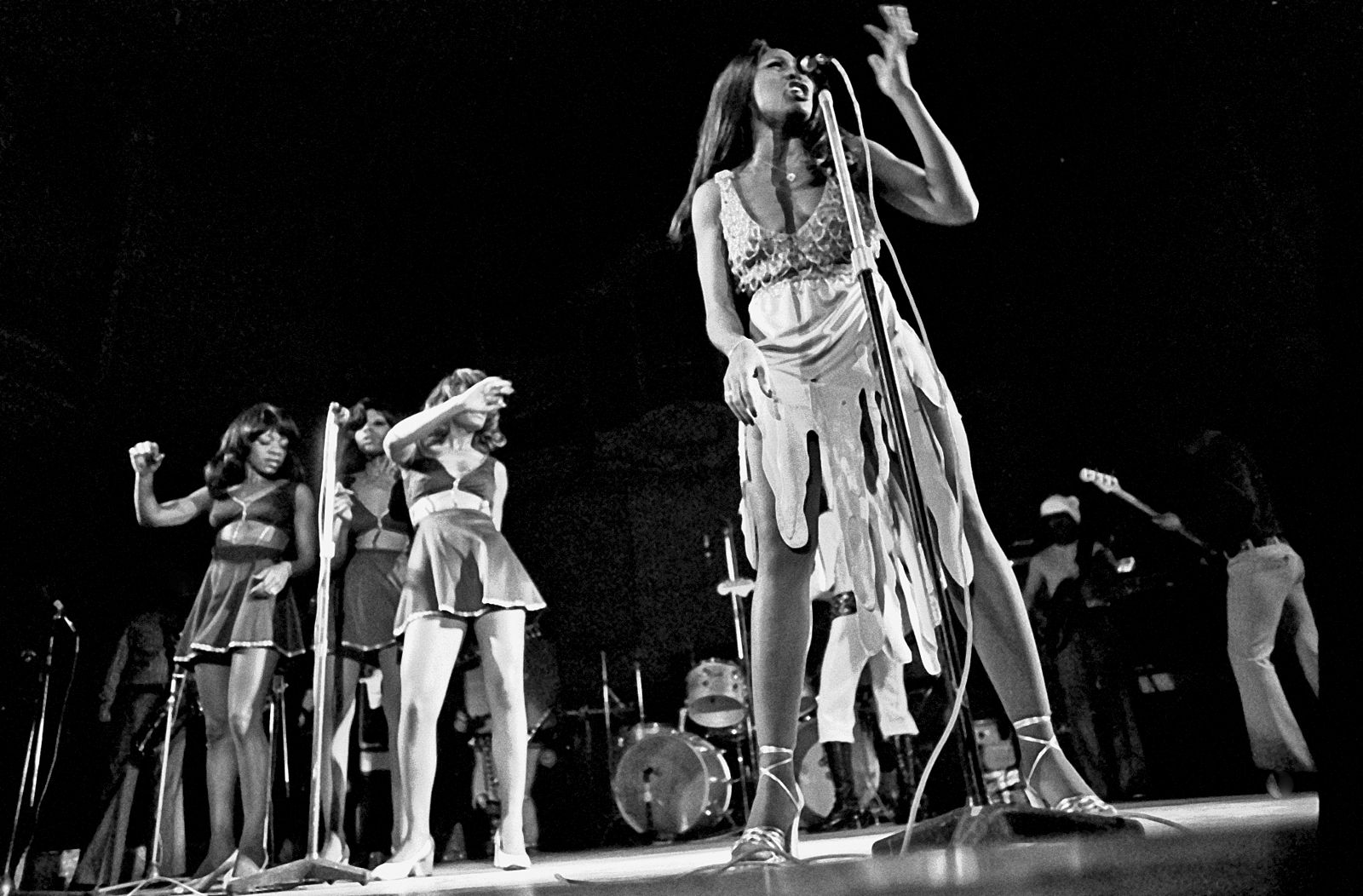Ever since the first Black people were forced onto American shores, the U.S. hasn’t always been a particularly welcoming place for them. And a century-plus-long tradition of Black Americans have chosen to head abroad in search of a better life.
In the late 20teens and early 2020s, we saw #Blaxit – a play on “Brexit,” and a movement of Black Americans leaving the U.S. and Europe, particularly for Africa, to escape racism and pursue cultural connection. In the ‘50s, after Ghana gained independence, a resurgence of the Pan-Africanism movement drew many Black Americans overseas. And the early 1900s saw the emigration of many Black artists and writers to Europe to pursue opportunities that weren’t available to them in the U.S.
But you don’t have to wait for a capital-M Movement to make your move. So now, during Black History Month, there’s no better time to talk about three Black Americans who found a better life, and discovered themselves, by moving abroad.
Josephine Baker

Celebrated singer, dancer, actress, muse, and activist Josephine Baker was born in 1906. She grew up in poverty, but she found her big break performing in Paris at just 19. Her dancing at the Folies Bergère made her an icon. Ernest Hemingway called her “the most sensational woman anyone ever saw.” She was painted by Picasso. During WWII, she smuggled intelligence for the French Resistance.
In the ’50s, Josephine returned for a U.S. tour and spoke out against racism in the venues where she was performing. Even after backlash forced her back to France, she continued supporting civil rights and spoke at the side of MLK at the March on Washington, saying:
“I have walked the palaces of kings and queens, and into the houses of presidents and much more. But I could not walk into a hotel in America and get a cup of coffee, and that made me mad. And when I get mad, you know that I open my big mouth. And then look out, ’cause when Josephine opens her mouth, they hear it all over the world.”
Josephine Baker died in 1975 in Paris, days after opening a revue celebrating her 50 years in show business. She was found lying peacefully in bed, surrounded by glowing newspaper reviews of her show.
Maya Angelou

Born in 1928, Maya Angelou is one of America’s most revered writers, poets, and activists. But as famous as she is for I Know Why the Caged Bird Sings, she’s less known as the Maya Angelou of the 1960s — the journalist, activist, and radical who found a new sense of herself in Africa.
In 1961, Maya and her son moved to Cairo and later to Accra, Ghana, joining a tight-knit community of African-American expats that included W.E.B. DuBois and Julian Mayfield. That’s where she began writing for the Ghanian Times and The African Review, speaking to civil rights from a global perspective emphasizing connections between African and American activism.
It’s also where she became friends with Malcolm X, helping plan the Organization of Afro-American Unity. As she prepared in 1965 to return to the U.S., she wrote, “Long before, I had been taken from Africa by force. The second time leaving will be less painful, for I knew then that my people never quite left Africa.”
Days after her return, Malcolm X was assassinated and their plans collapsed, and over time, Maya began shifting focus to her work as a poet and author. In All God’s Children Need Traveling Shoes, she’d later write, “If the heart of Africa remained elusive, my search for it had brought me closer to understanding myself and other human beings.”
Tina Turner

Tina Turner was born in 1939. Even without a full accounting of her life, seven-decade career, hits, awards, movies, tours, or books, attention must be paid to her European career. Because America loved Tina, but Europe adored her.
Songs that barely charted in the U.S. topped European charts. Even after breaking into Billboard’s top 10, she was still massive overseas. Her 1990 Foreign Affair tour drew nearly 4 million fans. She was doing well in America, she was dripping with platinum in Europe.
In 1986, Tina met German music executive Erwin Bach when her European label sent him to pick her up at the airport. In 1995, they moved to Switzerland. She’d tell Larry King her success, and her boyfriend, were in another country. And when, in 1996, Mike Wallace admitted he had no idea she was that big in Europe, she said, “No one in America knows that.” And when he asked how “American” she is, she said she was “still very much American” — but that in her heart, she didn’t think she would go back home.
In 2019, she told Gayle King, “I have everything. When I sit at Lake Zurich I am so serene. I have no problems.”
Tina Turner died her home in 2023, and her neighbors laid flowers outside her house. Because Europe still loved her, down to the people next door.
Photo Credits:
“Josephine Baker” by e-strategyblog.com is licensed under CC BY 2.0.
“Josephine Baker in Kasteel Les Milandes Groepskiek in tuin, Bestanddeelnr 912-6516” by Jack de Nijs for Anefo is marked with CC0 1.0.
“Tina Turner 2311720045” by Heinrich Klaffs is licensed under CC BY-SA 2.0.
“Maya Angelou” by evmaiden is licensed under CC BY 2.0.







